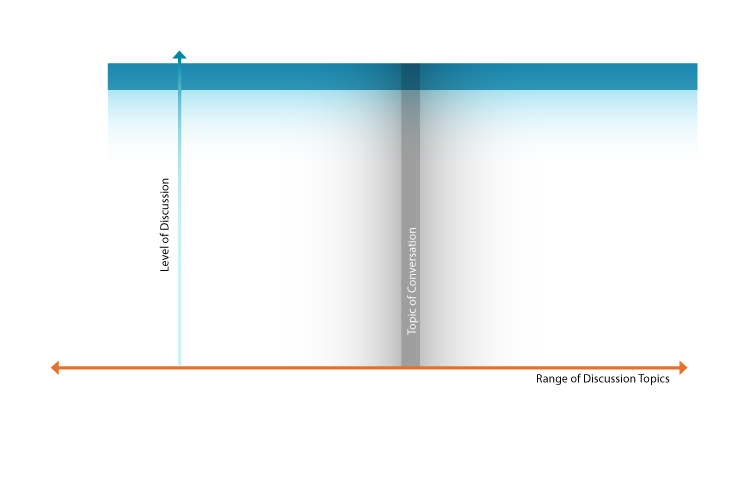
Prosopagnosia and Topographical Agnosia Not all memory structures are created equal. Humans have an amazing variability in our capacities to commit information to memory and to use this information flexibly to achieve our certain goals. Consider facial memory: our ability to remember a face even when out of context of original interaction. Like all cognitive abilities, facial recognition spans the continuum: there are people who basically lack this capacity (Oliver Sacks, a famous neurologist who wrote “A Man Who Mistook His Wife for a Hat” and “Awakenings” is one such example.) and then there are those who “never forget a face.” Most us are somewhere in between. I’m, personally, worse than most but perhaps not as bad as Dr. Sacks. (I taught science at a local elementary school, and to this day people stop me on a street and greet me in a very familiar way while I haven’t a slightest idea of who they are, never mind their names—very disconcerting.) The condition of being a lousy face recognizer is called Prosopagnosia and it tends to come with a complimentary Topographical Agnosia (or inability to identify places and thus having bad navigational skills). If you don’t remember faces and places,…




